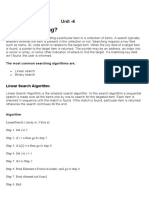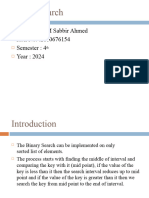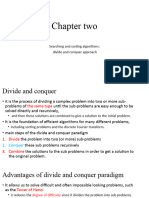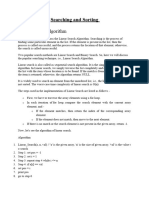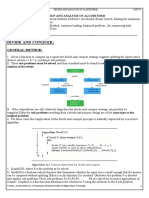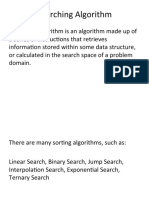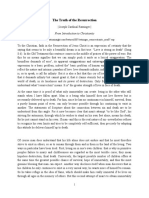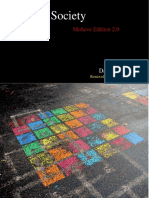0% found this document useful (0 votes)
18 views10 pagesDAA - Study Report
This study report compares Linear Search and Binary Search techniques in computer science. Linear Search is simple and effective for small or unsorted data sets with a time complexity of O(n), while Binary Search is more efficient for large, sorted data sets with a time complexity of O(log n). The report concludes that the choice of search method depends on the size and structure of the data set.
Uploaded by
manabpaul25Copyright
© © All Rights Reserved
We take content rights seriously. If you suspect this is your content, claim it here.
Available Formats
Download as DOCX, PDF, TXT or read online on Scribd
0% found this document useful (0 votes)
18 views10 pagesDAA - Study Report
This study report compares Linear Search and Binary Search techniques in computer science. Linear Search is simple and effective for small or unsorted data sets with a time complexity of O(n), while Binary Search is more efficient for large, sorted data sets with a time complexity of O(log n). The report concludes that the choice of search method depends on the size and structure of the data set.
Uploaded by
manabpaul25Copyright
© © All Rights Reserved
We take content rights seriously. If you suspect this is your content, claim it here.
Available Formats
Download as DOCX, PDF, TXT or read online on Scribd
/ 10









